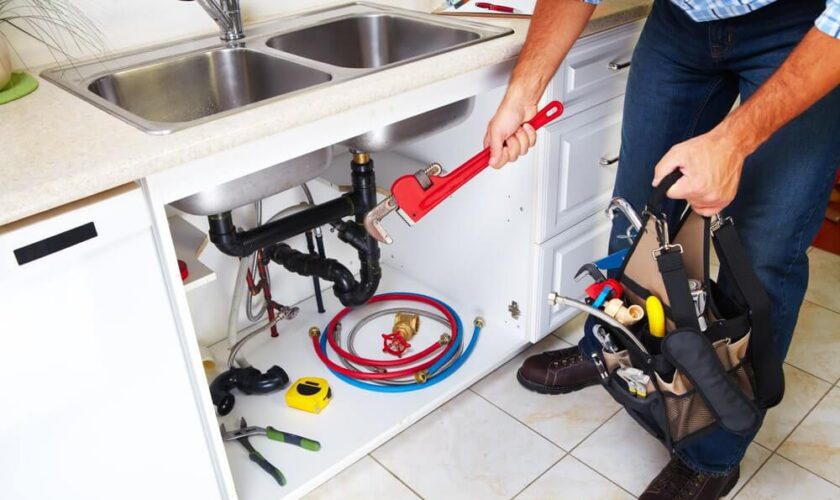Given that people are leading sedentary lifestyles these days, it has become increasingly crucial to encourage healthy habits in children. Active commuting, such as walking or cycling to school, not only offers a practical solution for transportation but also brings numerous benefits for students.
Health Benefits of Active Commuting
Physical Fitness and Cardiovascular Health
Active commuting provides students with a major benefit: it improves their physical fitness and cardiovascular health. Walking or cycling to school allows children to engage in regular exercise, contributing to their overall fitness level. Regular physical activity helps improve cardiovascular endurance, strengthen muscles, and maintain a healthy weight.
Active commuting is essential for decreasing the risk of obesity and related health concerns. With childhood obesity becoming a global concern, encouraging children to engage in active forms of transportation can be an effective preventive measure. Making regular physical activity a part of a child’s everyday schedule is essential for burning calories and upkeeping a healthy body mass index (BMI).
Mental Well-being and Cognitive Abilities
It has been proven that active commuting has positive impacts on mental health and cognitive function, and has physical advantages as well. We now know that physical activity encourages the release of endorphins (also known as “feel-good” hormones) and improving mental well-being. As a result, individuals will likely experience an uplift in mood, reduced stress levels, and an overall enhanced sense of health.
Furthermore, regular exercise such as active commuting offers cognitive benefits in addition to the physical ones. Engaging in physical activity before school ensures that students arrive feeling more alert and prepared for learning. By increasing blood flow to the brain, exercise promotes improved focus, concentration, and memory retention. Actively commuting students may therefore witness a boost in academic performance.
Environmental Benefits of Active Commuting
Active commuting has positive impacts on both the health of students and the environment.
Reducing Carbon Footprint and Air Pollution
Carbon emissions and air pollution are considerably impacted by motorized transportation. Encouraging active commuting means we can reduce the number of vehicles on the road, subsequently decreasing carbon emissions and air pollution levels.
Encouraging Sustainable Habits for Future Generations
Promoting active commuting means we instill in students a sense of responsibility towards the environment. It raises awareness about the impact of transportation choices on the planet and fosters sustainable habits from an early age.
Choosing the Right Bike for Active Commuting
When it comes to active commuting, the experts at Woom say that lightweight bikes are a fantastic choice for students.
Lightweight bikes offer several advantages in terms of maneuverability and control. As they are lighter, they are a lot easier to handle, which is particularly beneficial for younger riders. Kids bikes, specifically designed with lightweight materials and appropriate frame sizes, ensure a comfortable and enjoyable commuting experience.
Addressing Concerns about Safety
Safety is often a primary concern for parents and guardians when considering active commuting for their children. To alleviate these concerns, education on road safety rules and precautions is crucial. Schools can collaborate with local authorities to identify safe routes, implement traffic calming measures, and ensure adequate signage. Providing the necessary tools and knowledge helps to create a safer environment for active commuting.
Conclusion
Active commuting, such as walking or cycling to school, offers many benefits for students. The health advantages are substantial as it helps to improve physical fitness, cardiovascular health, and contributes to preventing obesity and other related health concerns. Active commuting also has a positive impact on mental wellbeing. This includes uplifted mood, reduced stress levels, and enhanced cognitive abilities. This all leads to improved academic performance.



